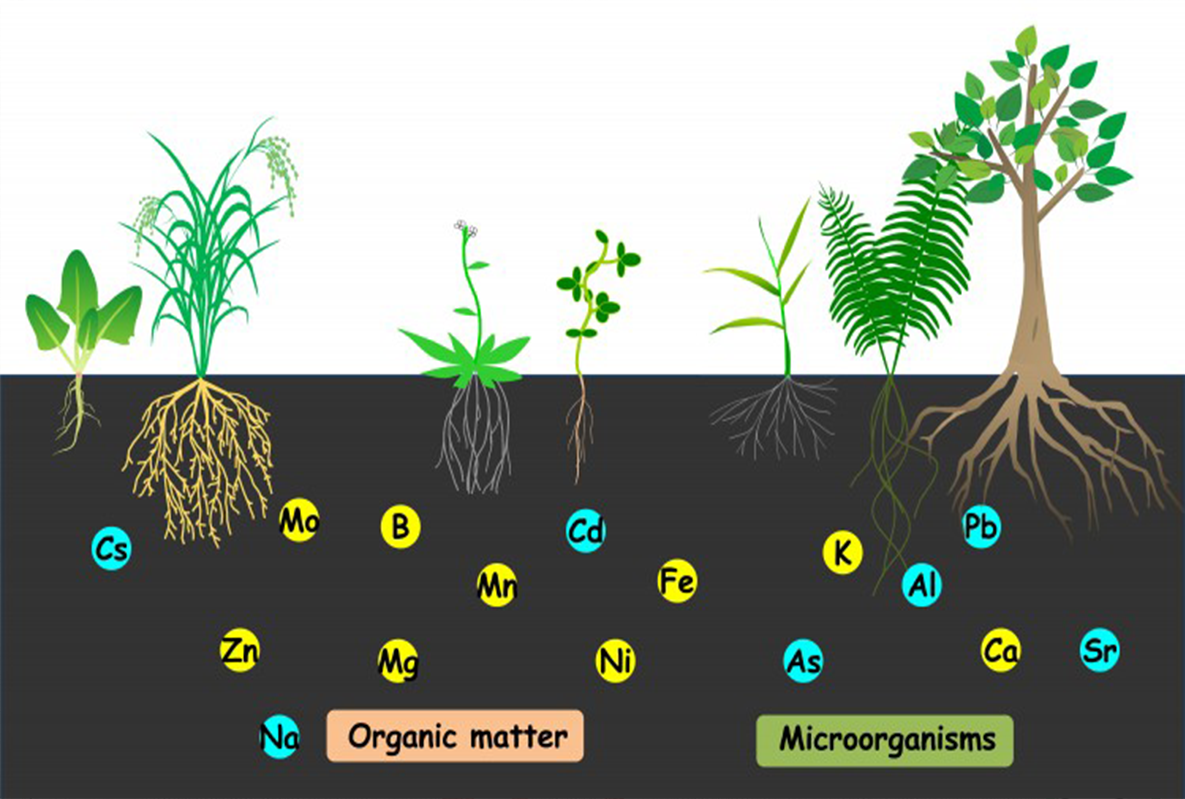When transitioning from HID to LED lighting, it is important to adjust the environmental parameters in your growing area to ensure peak plant performance.
The Dio-Tech emits less heat energy than HID, this should be compensated by either, adding heat to the room, reducing the speed of the extraction fan using a fan speed controller or both. This is important to achieve the correct leaf surface temperature. If the leaf temperature falls below its ideal range and gets to cool it will affect the plants Phyto morphology and growth rate as it reduces nutrient uptake and its ability to absorb Co2 due to its inability to transpire.
The ambient air temperature of each grow room will differ slightly but as a rule there is around a 4°C differential between a grow room, running with HPS (high pressure sodium) vs LED’S. As a rule, a room running with HPS aims to have an ambient air temperature of between 24-26°C this puts the leaf temperature between 29-31°C. When transitioning to LED’S, the ideal ‘lights on’ ambient air temperature needs to increase to between 28-30°C (or 30-32°C, if supplementing the area with CO2). These increases in ambient air temperature will in turn keep the leaf surface within the correct temperature range.
Humidity can increase if the grower reduces the fan speed on their extraction unit to elevate their ambient temperature. To combat this the grower may need to install both de-humidifier and a humidifier with controllers to work in unison to maintain the ideal grow room humidity.
The ideal humidity (RH) is 60-75% for vegetative growth and 50-60% for flowering. If temperatures are too cool, growth will be inhibited, and nutritional issues can occur. If humidity is too high the risk of fungal pathogen infection increases.
High humidity and lower leaf temperatures reduce the rate of evapotranspiration (the flow of water from the roots, through the plant and out of the leaves) this also reduces the amount of nutrition entering the plant and negatively affects the mobility of calcium and magnesium, which will lead to deficiencies.
If temperature and humidity are not optimal, adding Cal-Mag at a higher concentration to your usual growth schedule will help compensate for this. Vapor Pressure Deficit (VPD) is a measurement used to define how the temperature and relative humidity of a growing area effects the evapotranspiration rate of the plant.
Using a VPD chart to set temperature and humidity parameters will significantly increase growth rates and yield. Digital Thermometer/Hygrometers are an essential piece of equipment for every grow room. A data-logging unit such as the Air Comfort will enable the grower to track environmental changes more accurately.

